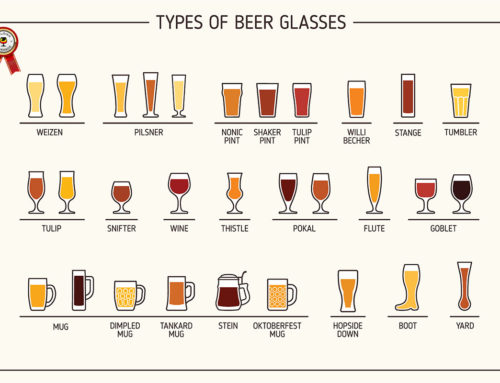Have you got what it takes to judge a good beer?
There is a lot more to judging a good beer than you might think.
There are 26 main categories of beer styles with 100’s more subcategories. To judge a good beer you need to know each of these beer types.
Below are the guidelines listed for Beer judges at competitions. They will mark each beer under these categories giving a certain number of points for each.
Next time you try one of our award winning beers try making your own tasting notes and see how well Bel Bev’s selection holds up:
Bouquet/Aroma: Immediately after the beer has been poured, take a sniff while the sniffing’s good. In less time than you think, the volatile esters that make up the beer’s aroma will be gone. What you’re looking for are the dominant aromas of the beer. Is it sweet, sour, roast, earthy, herbal, flowery, citric or any one of a number of other aromas? A strong malt presence will be sweet. Sourness and tartness often, but not always, are a result of an infected beer. Roast aromas derive from roasted grains, such as the highly roasted, unmalted barley used in an Irish stout. Different varieties of hops impart earthy, herbal, flowery and citric aromas. Ales are often fruity. German wheat beers and many Belgian ales are yeasty and spicy.
Appearance: Is the beer clear? Most beers are filtered and should be clear. Or is the beer cloudy? Unfiltered wheat beers are supposed to be poured so that the yeast on the bottom of the bottle is roused and poured into the glass. What colour is the beer? Each beer style has its own colour parameters: golden for pilsners, amber for most pale ales, orangey-reddish-amber for Oktoberfest’s, black or near-black for stouts. Does the beer have a nice foamy head and good head retention, or is the head weak and anaemic? Does beautiful lace cling to the sides of the glass or does the beer wash down the inside of the glass like dishwater?
Flavour: Here you’re looking for a number of characteristics, many of them similar in definition to the bouquet/aroma characteristics. Is the main flavour one of malt (sweet or roast) or hops (earthy, herbal, flowery, citric)? Does an added fruit take over the flavour? Is the beer tart or sour? Wheat beers are often pleasantly tart. Many Belgian beers are tart or yeasty or spicy or something totally different. How does the flavour change from the first impression into the middle and to the finish? Is the finish a slam-bam “That’s all folks!” or does it linger with a particular taste?
How do all these flavours play off each other? In the beer-judge talk, that’s called “balance.” Is the balance good, or does one flavour drown out all the others in a nasty show of brute strength? How well is the beer “conditioned,” by which beer judges mean the age of the beer and how the flavours have all come together? Is the level of carbon dioxide pleasant or overpowering?
Body: What’s the mouth feel of the beer? Is it thin and watery (like a standard American lager) or full and chewy (like an Imperial stout)? Does the beer sparkle or is it flat and dull looking?
Drinkability & Overall Impression: Finally, beer judges make comments about how they perceive the beer as a whole, adding kudos where appropriate and constructive criticisms when necessary: “This is a great example of an American pale ale, full of malt body and lots of fresh, lovely Cascade hops aroma and flavour.” “This was entered as an Irish stout, but there’s almost no roast malt aroma or taste, and the colour is brown, not black.”
Happy tasting….

